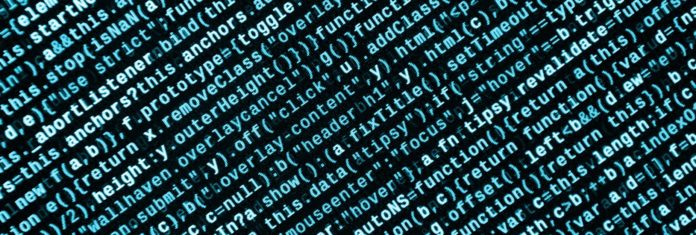Black box screening – This sort of Screening is not based upon any type of understanding of internal style or coding. These Tests are based on demands and functionality.
White box screening – This is based on knowledge of the inner logic of an application’s code. Examinations are based upon coverage of code declarations, branches, paths, problems.
Unit testing – one of the most ‘mini’ scale of testing; to check certain features or code components. This is normally done by the developer as well as not by testers, as it calls for detailed expertise of the inner program, design as well as code. Not constantly conveniently done unless the application has a properly designed design with limited code; might call for developing test driver components or examination harnesses.
Step-by-step combination testing – constant screening of an application when brand-new performance is added; needs that numerous facets of an application’s functionality be independent adequate to function independently prior to all parts of the program are completed, or that test drivers be developed as required; done by designers or by testers.
Combination screening – testing of combined parts of an application to figure out if they working together correctly. The ‘parts’ can be code components, private applications, client as well as web server applications on a network, and so on. This type of testing is especially relevant to client/server as well as dispersed systems.
Functional testing – this testing is geared to useful requirements of an application; this sort of screening should be done by testers. This doesn’t suggest that the designers should not examine that their code functions before releasing it (which naturally applies to any type of phase of testing.).
System screening – this is based on the overall demands specifications; covers all the consolidated parts of a system.
End-to-end screening – this resembles system screening; entails testing of a complete application environment in a situation that copy real-world use, such as communicating with a data source, making use of network interactions, or communicating with other equipment, applications, or systems.
Sanity screening or smoke testing – typically this is an initial testing to establish whether a new software application version is performing well enough to accept it for a significant testing effort. As an example, if the new software application is collapsing systems in every 5 mins, making down the systems to creep or damaging databases, the software application may not be in a normal condition to warrant additional testing in its current state.
Regression testing – this is re-testing after bug fixes or modifications of the software program. It is challenging to establish how much re-testing is required, particularly at the end of the growth cycle. Automated screening devices are extremely useful for this type of screening.
Approval testing – this can be stated as a last screening and also this was done based on requirements of the end-user or client, or based upon usage by end-users/customers over some minimal amount of time.
Tons testing – this is just examining an application under heavy lots, such as testing a website under a variety of tons to determine at what factor the system’s reaction time weakens or fails.
Stress and anxiety testing – the term commonly made use of interchangeably with ‘load’ and ‘performance’ testing. Additionally made use of to explain such examinations as system functional testing while under abnormally heavy loads, heavy repeating of particular activities or inputs, input of big numerical worths, large complex inquiries to a database system, and so on.
Performance screening – the term typically used reciprocally with ‘stress and anxiety’ and ‘lots’ testing. Preferably ‘performance’ screening is defined in requirements documentation or QA or Examination Plans.
Use screening – this testing is done for ‘user-friendliness’. Clearly this is subjective, and also will depend on the targeted end-user or customer. User interviews, studies, video recording of individual sessions, as well as other strategies can be made use of. Designers as well as testers are typically not matched as functionality testers.
Compatibility testing – screening how well the software application executes in a particular hardware/software/operating system/network/etc. atmosphere.
Individual approval screening – determining if software application is satisfactory to a end-user or a consumer.
Comparison screening – comparing software application weaknesses and also staminas to other competing items.
Alpha testing – evaluating an application when development is nearing completion; minor style changes might still be made as a result of such screening. This is typically done by end-users or others, yet not by the programmers or testers.
Beta screening – screening when growth as well as screening are basically finished as well as last bugs and also issues require to be found before final launch. This is generally done by end-users or others, not by programmers or testers.
Anomaly testing – a technique for determining a set of examination data or test cases is useful or otherwise, by purposefully introducing numerous code modifications (‘ insects’) and also retesting with the initial examination data/cases to figure out if the ‘bugs’ are identified.


